As mobile data plans move to a pay-per-use model, you and your business will have to learn to work around them .
All-you-can-eat never lasts forever. That’s the story in mobile these days, as mobile data plans—the kinds that let you surf the web and download apps on your smartphones and tablets—move to a pay-per-use model.
Businesses, consider yourselves warned:
Going over the limit can result in hundreds of dollars in overage fees.
When the mobile internet was slow and ugly, unlimited data plans made sense. But as mobile apps and streaming video came into vogue, suddenly those mobile data networks started getting bogged down. So out came the tiers and the caps and the throttling. Here’s what it all means.
Reality: Almost no mobile operator offers truly unlimited data plans these days.
AT&T famously moved its iPhone data plans to tiers first: 200 MB of data (enough for light surfing and e-mail) for $15 per month; 2 GB of data (fit for streaming music and video) for $25 per month.
Verizon is planning data caps soon, while T-Mobile continues to offer unlimited data—unless you use too much, in which case they’ll throttle back your speeds for the rest of the month.
And no, most carriers won’t let users share pools of megabytes of data as they do voice minutes. Every smartphone user needs to be vigilant. Watch your 3G/4G bandwidth consumption closely.
Most mobile operators offer some form of mobile app or website to help you monitor your usage. If your carrier lets you sign up for alerts when you approach your data limits, do so.
But note: Soon many operators will use this heads-up as a chance to sell you more data to meet your one-time overage.
You’ll probably get a decent deal on the fly, but also use it to reevaluate your base package and upgrade as necessary.
Be very aggressive using Wi-Fi versus 3G/4G. Too many people use carrier mobile networks when they’ve got their own (free-to-use) Wi-Fi network in their office or home.
For some users, managing Wi-Fi settings may be too complex, or leaving Wi-Fi on drains their batteries. IPhone battery life and built-in Wi-Fi management is pretty decent; on Android, turn to an app like Locale or JuiceDefender that will automatically turn your Wi-Fi radio on and off depending on your location or other settings, saving battery life and megabytes of data usage.
Reevaluate your business model. As much as data caps impact how individuals, small businesses and startups consume mobile content, they’re also going to have an effect on mobile businesses that rely on video or other high-bandwidth content.
There can only be a few businesses like Netflix in the world anyway, but if you’re counting on using a flashy video or high-bandwidth mobile app as your calling card to attract new mobile users, you may need to think again—for your would-be customers’ sake.
Information from-RICH KARPINKSI, Entrepreneur Magazine

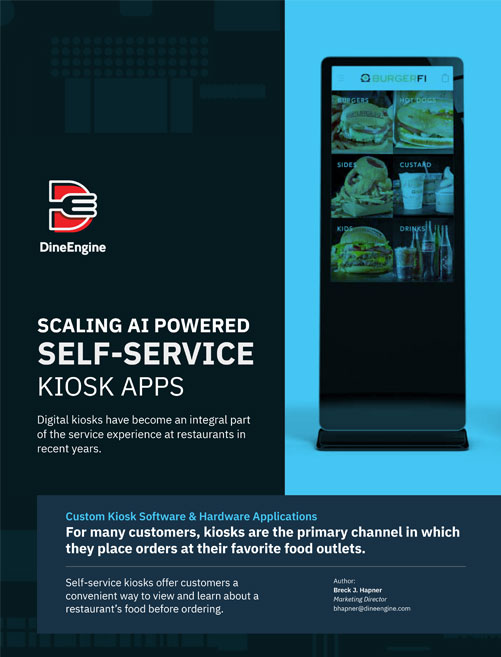
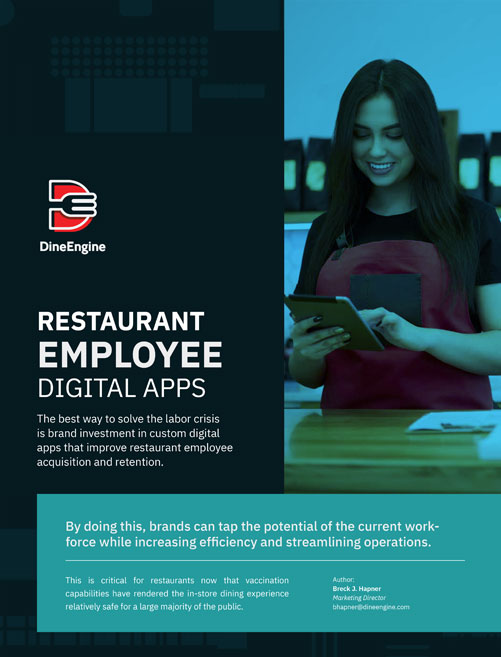
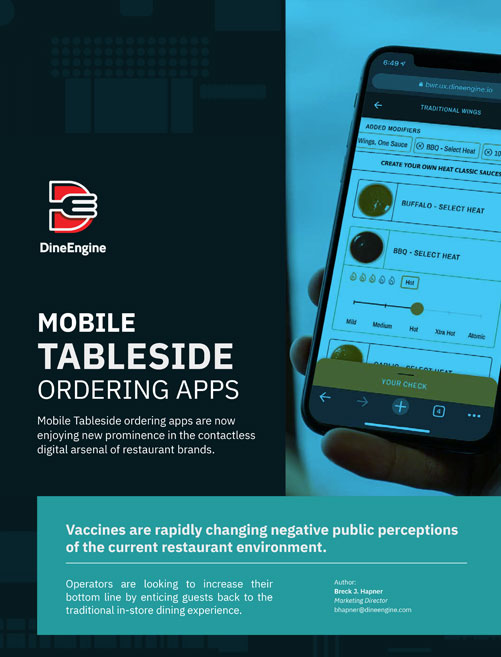
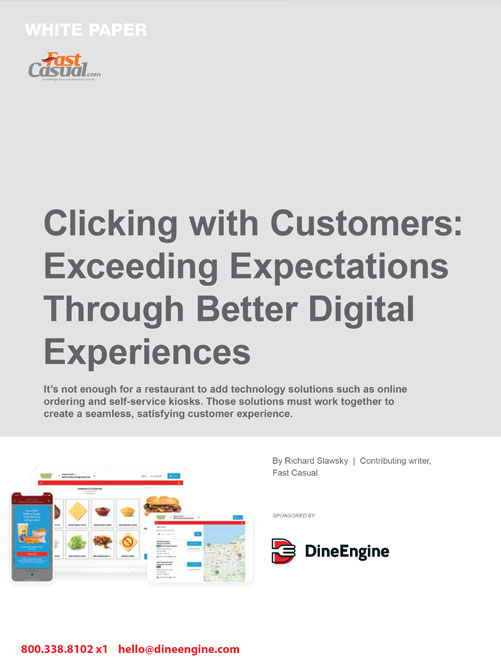

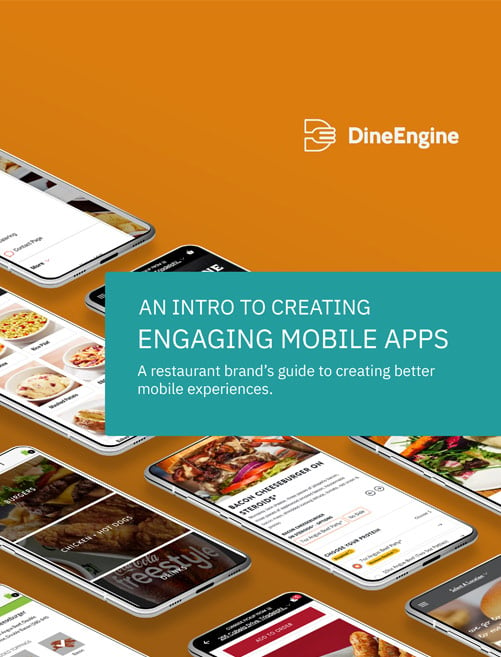

















0 Comments